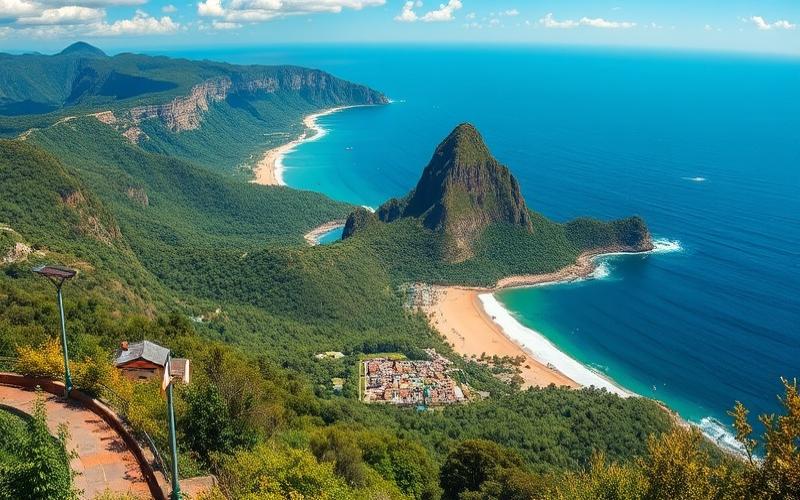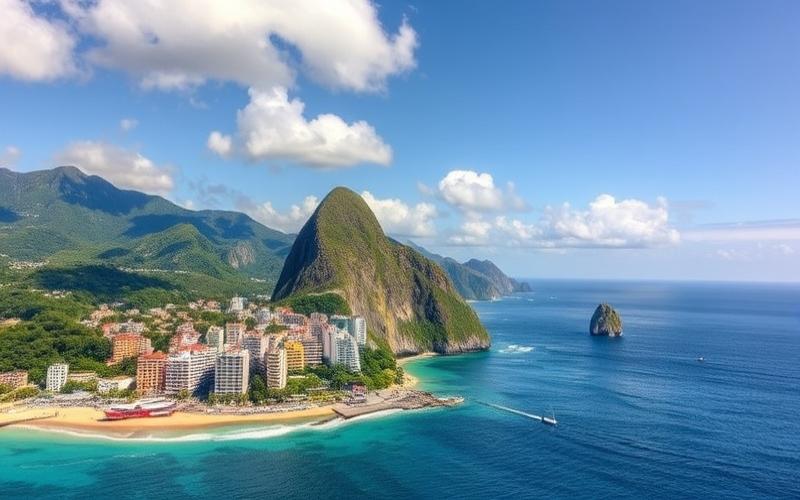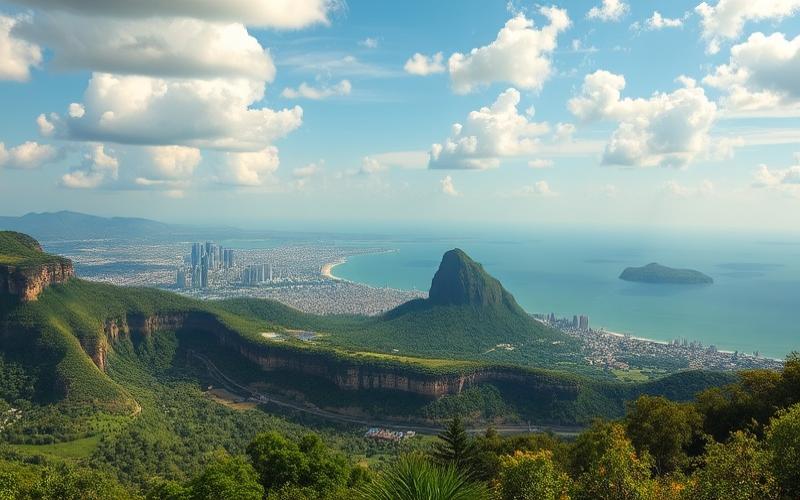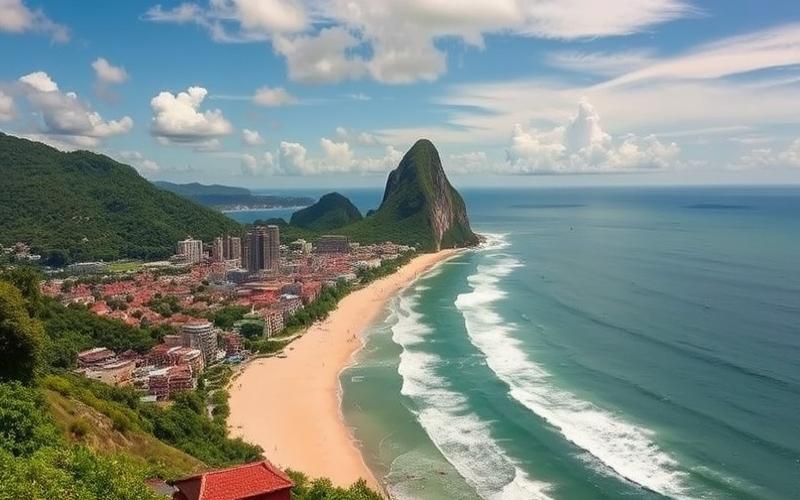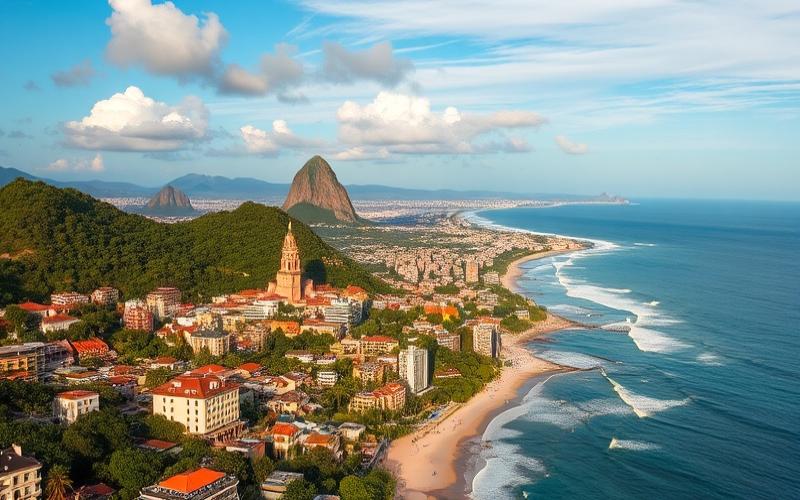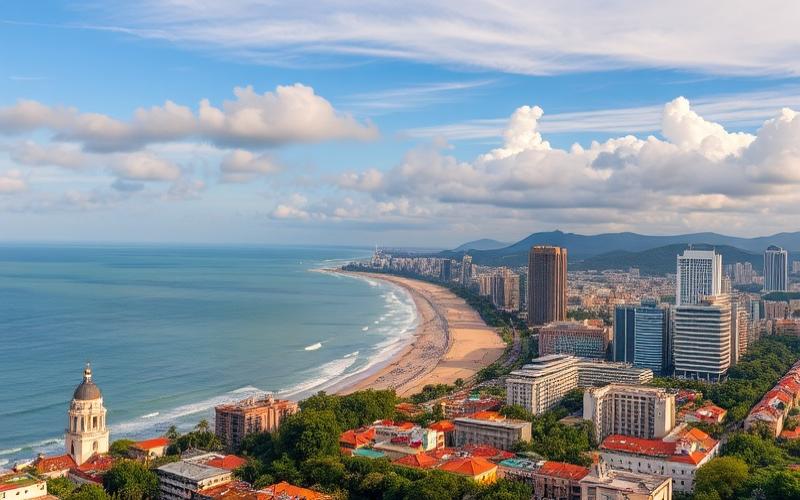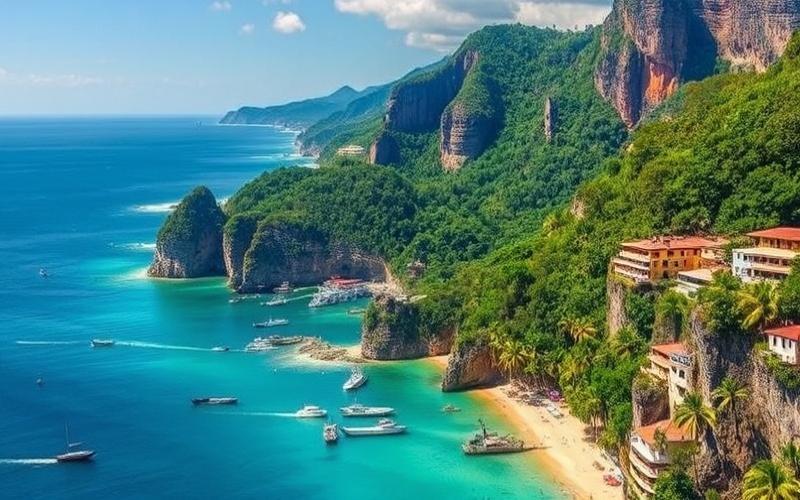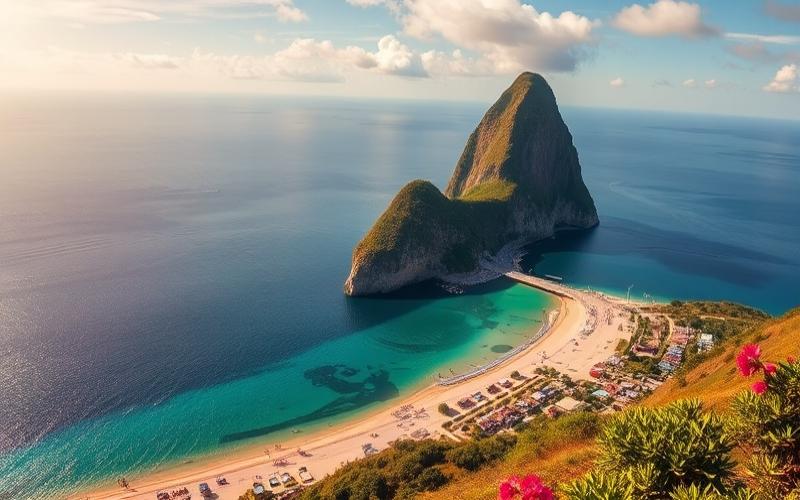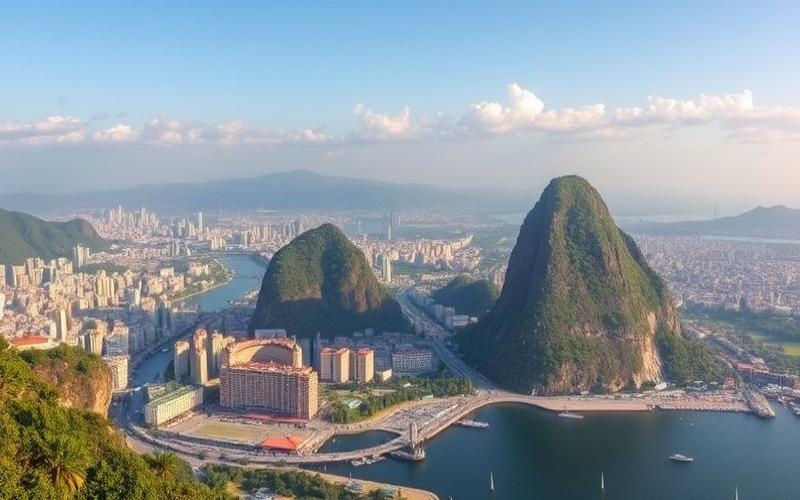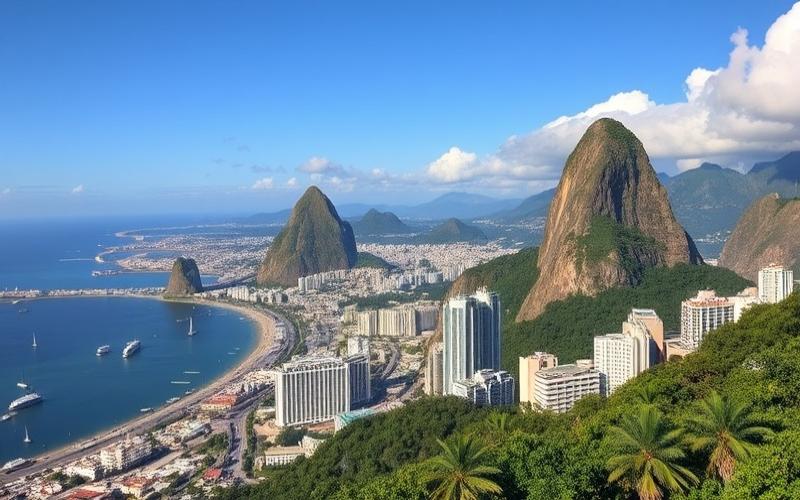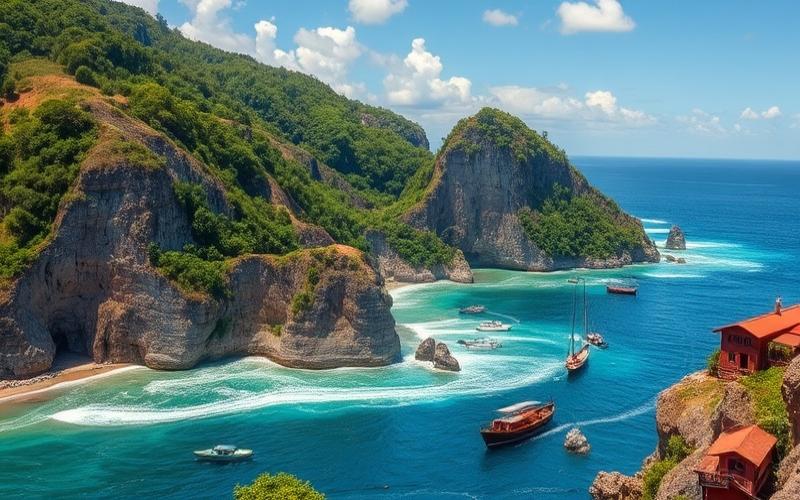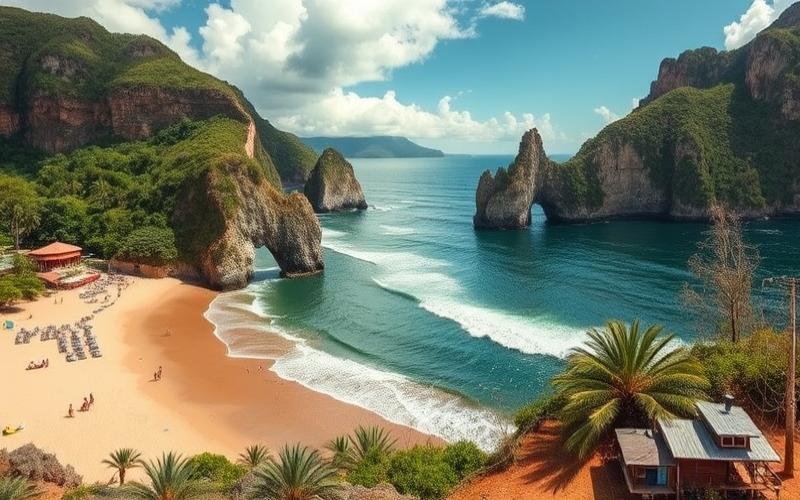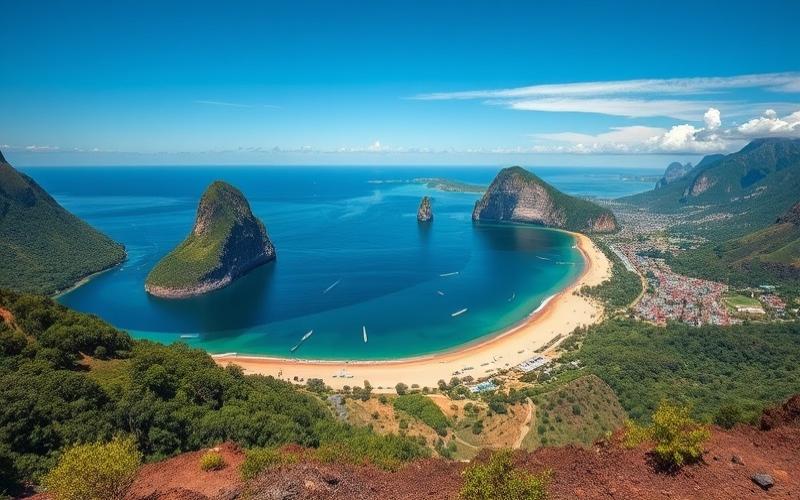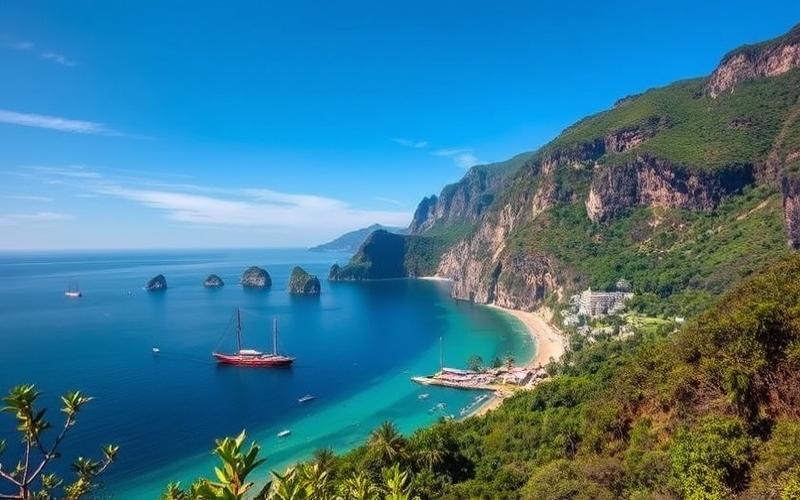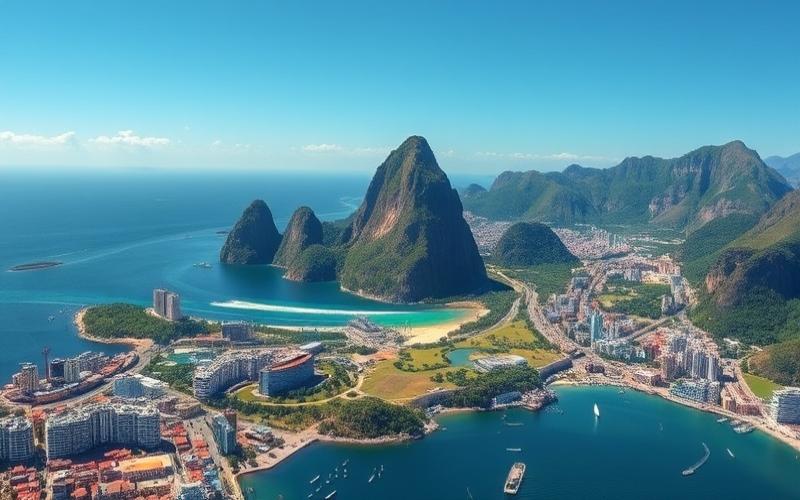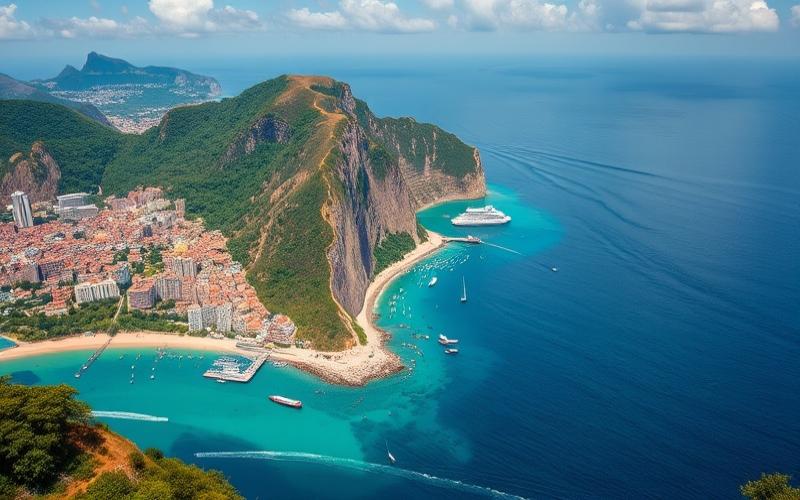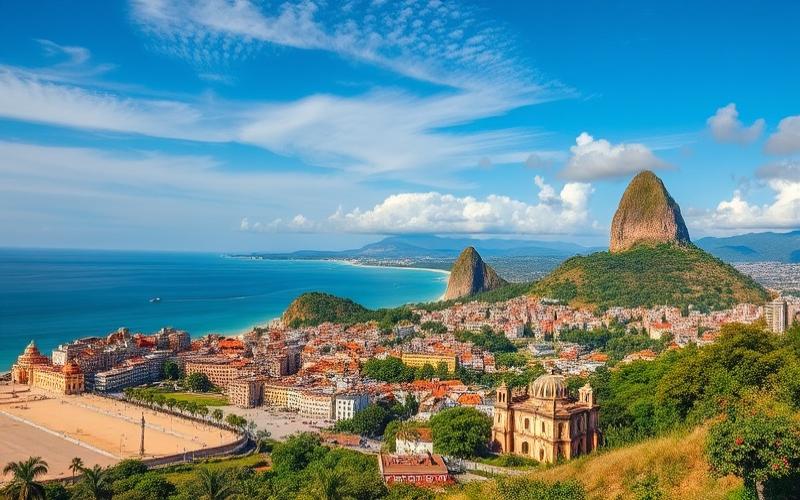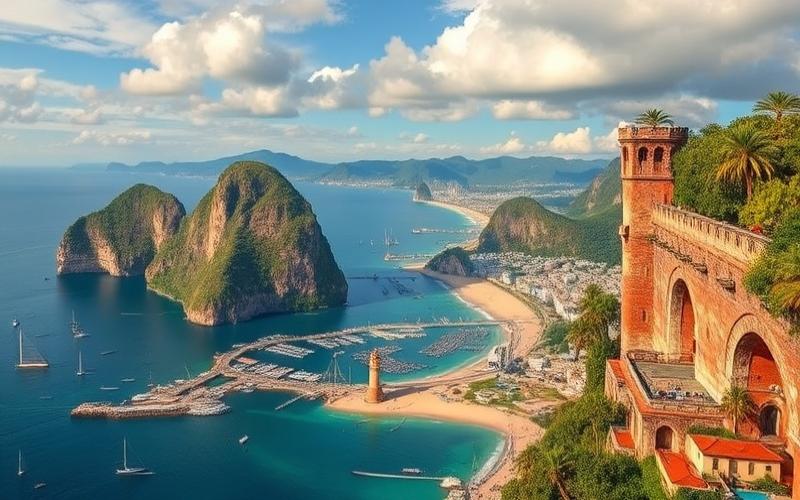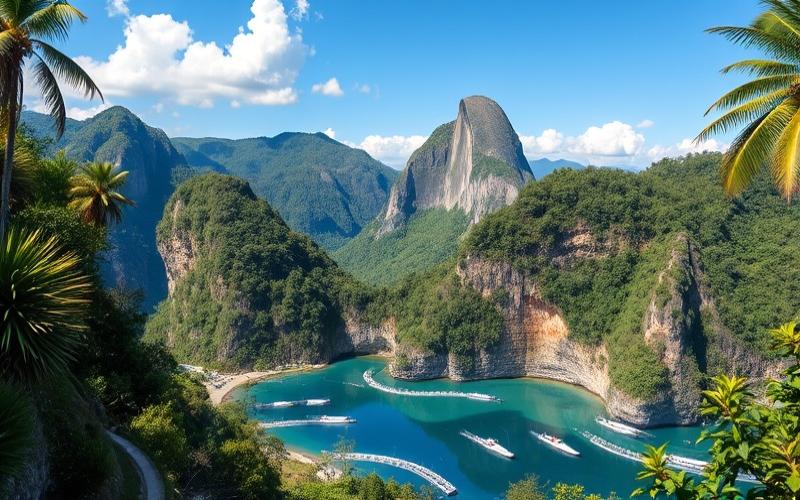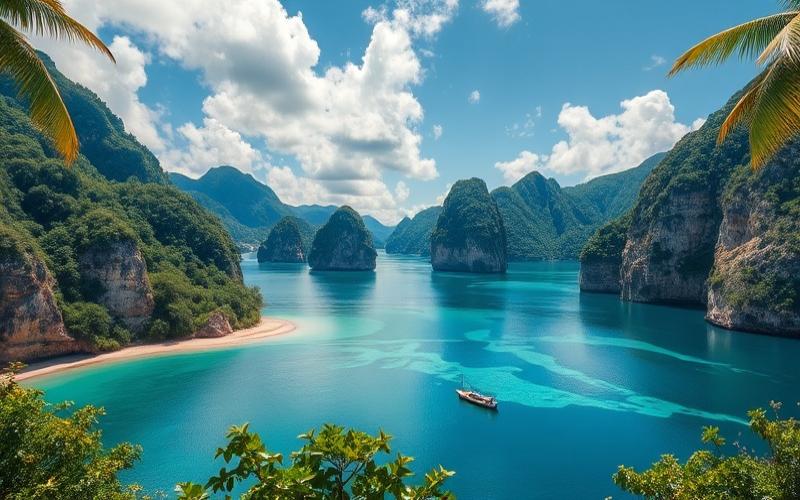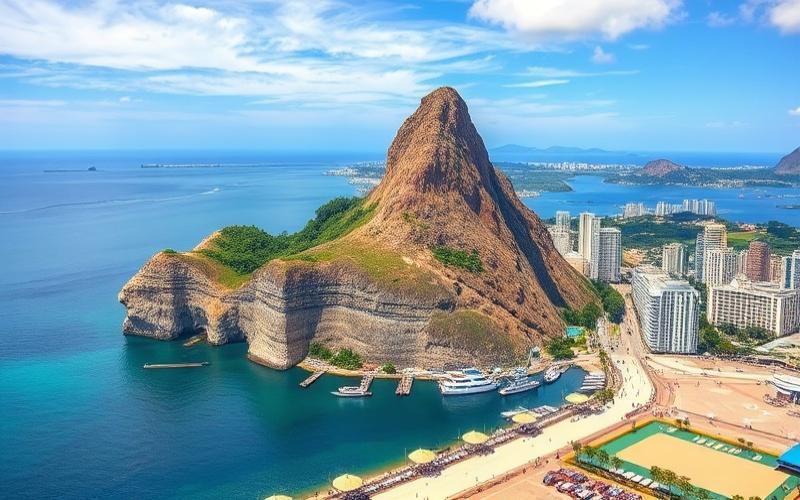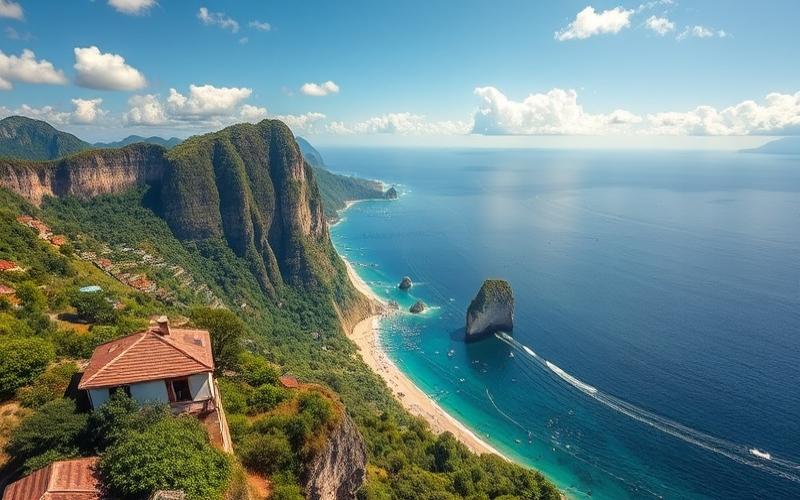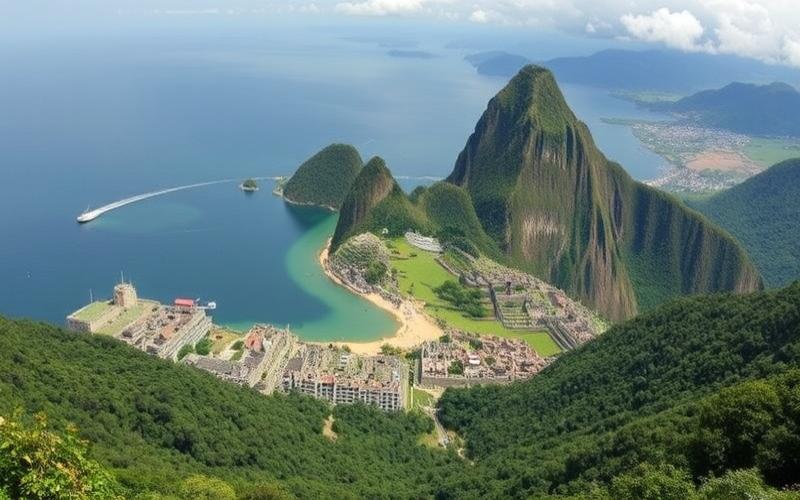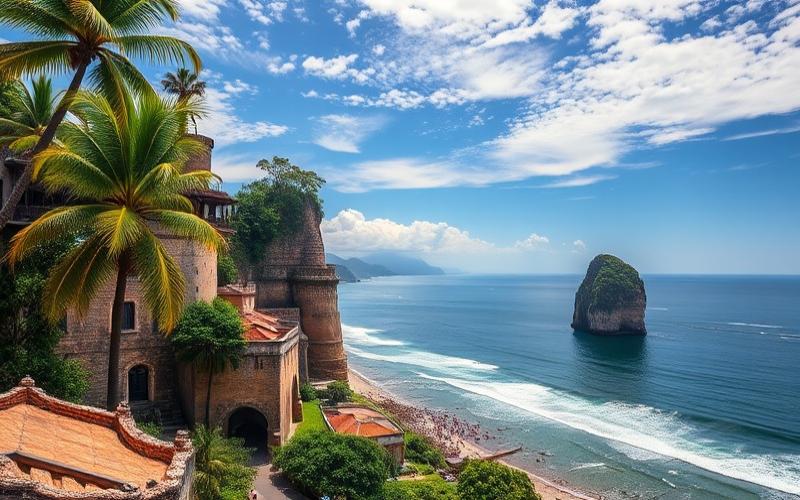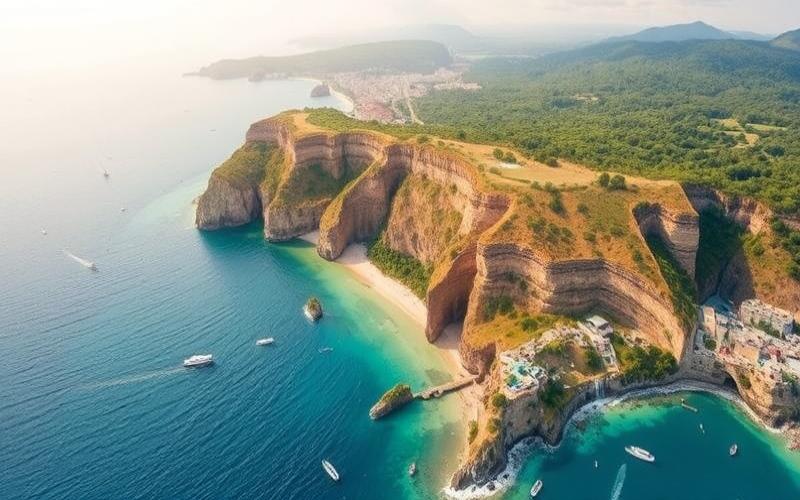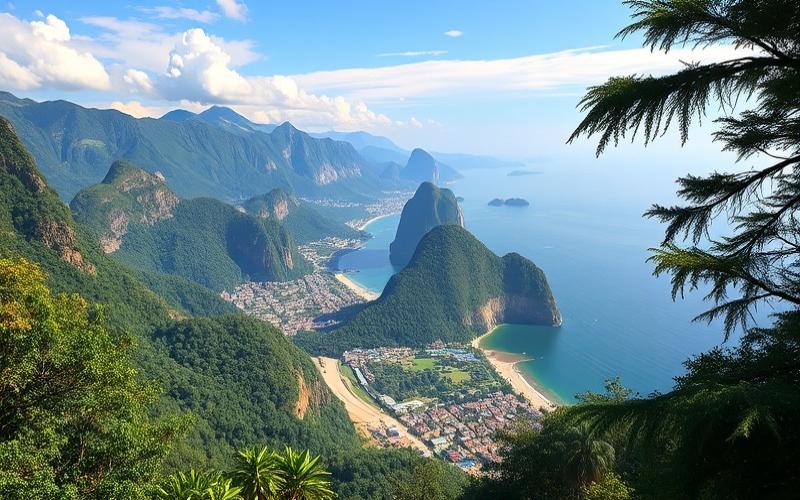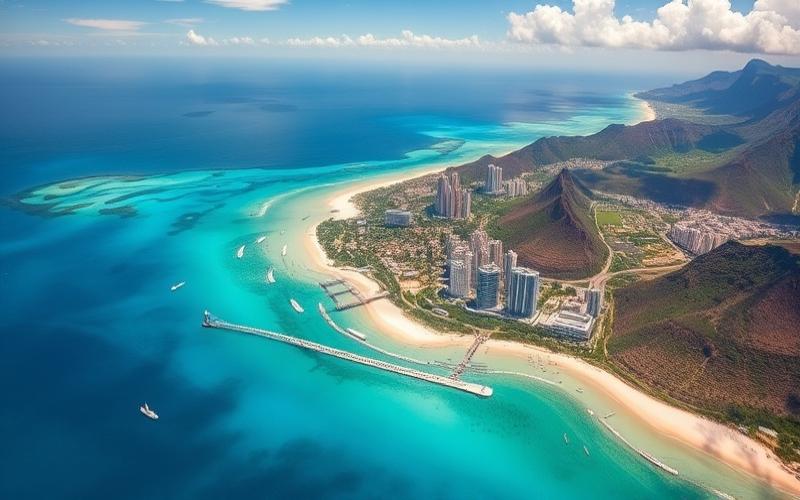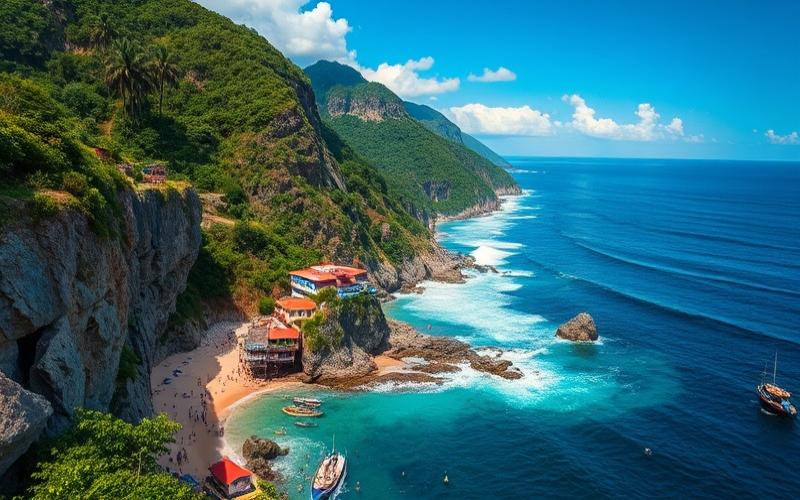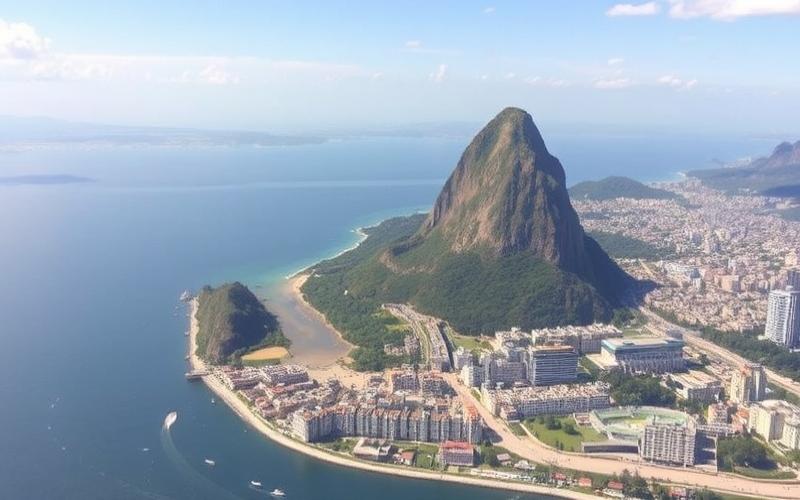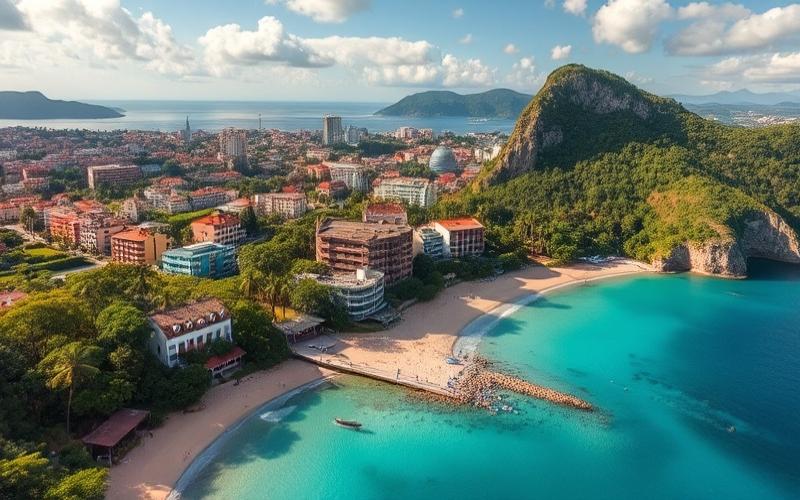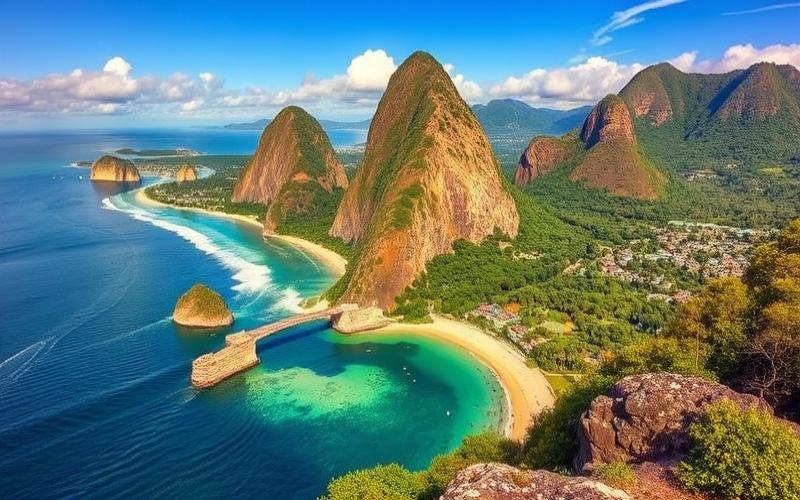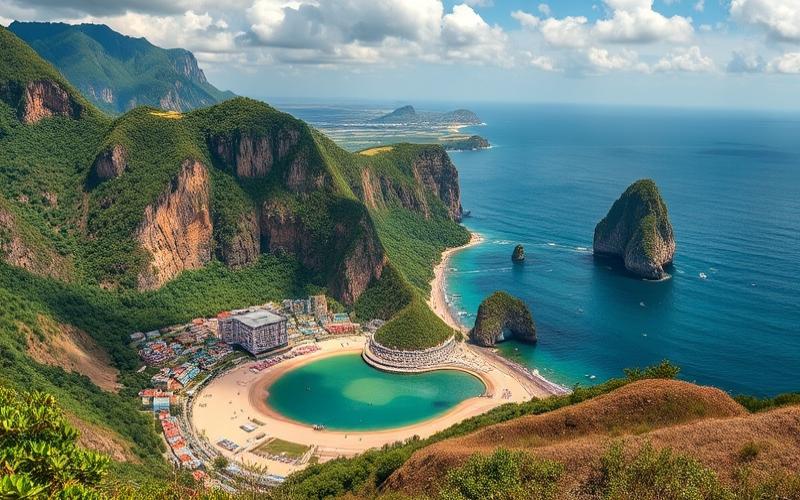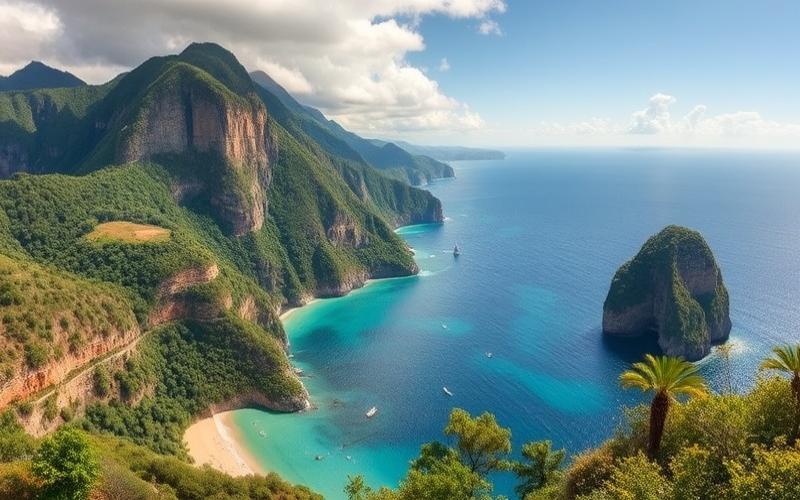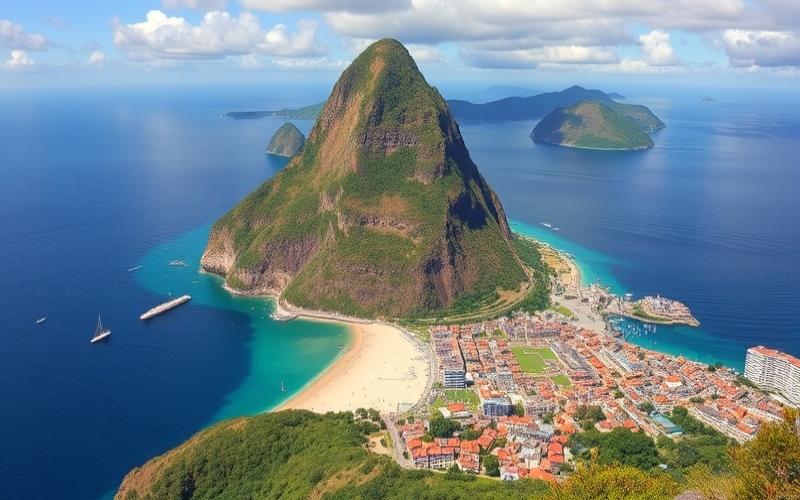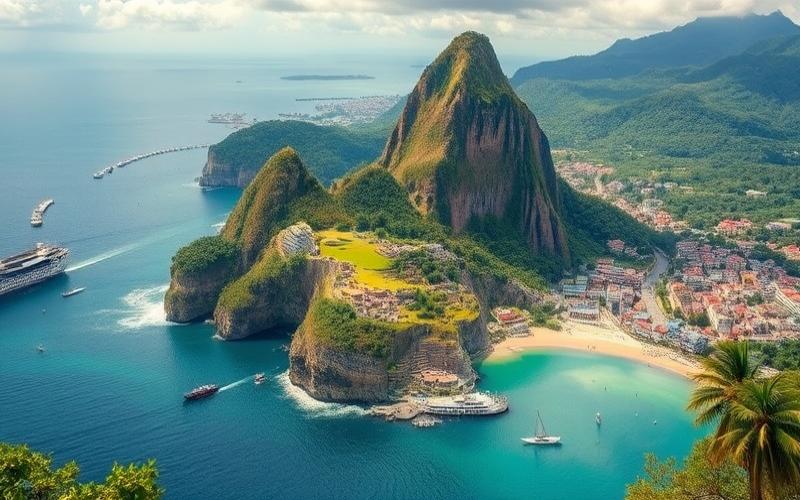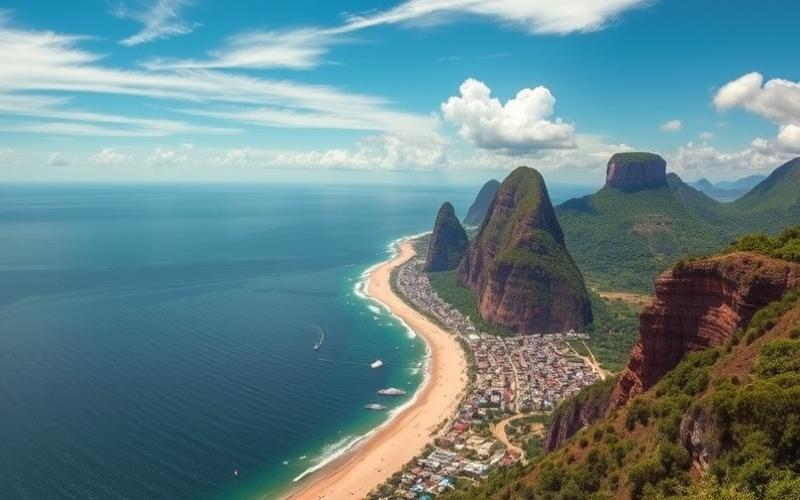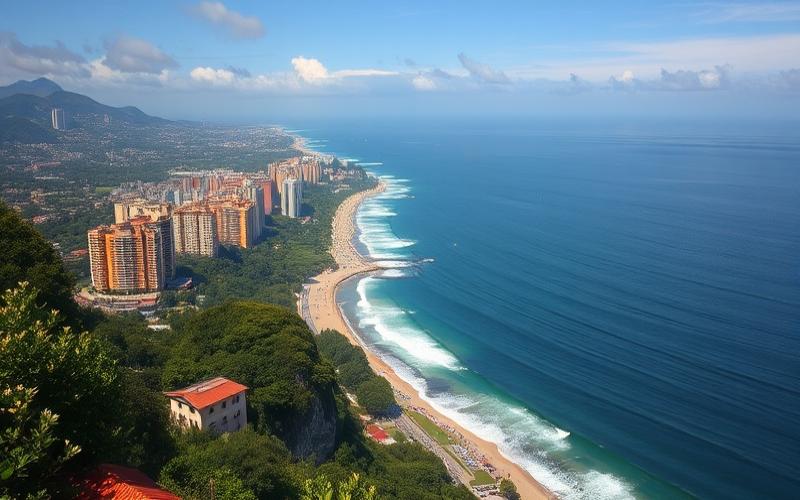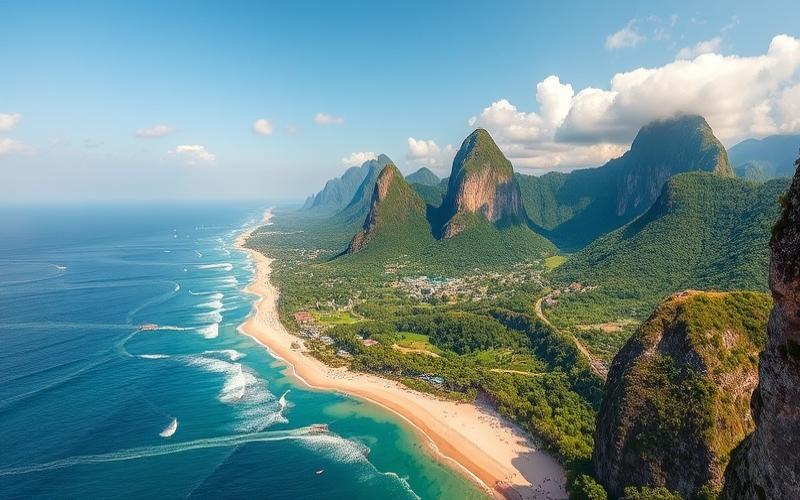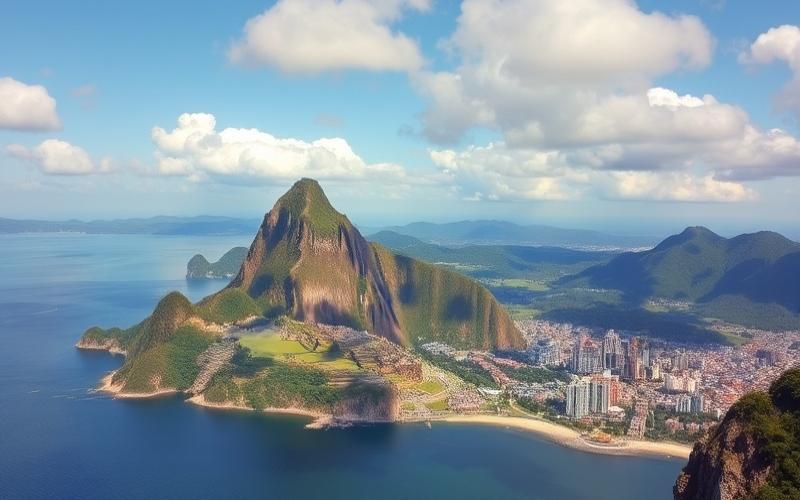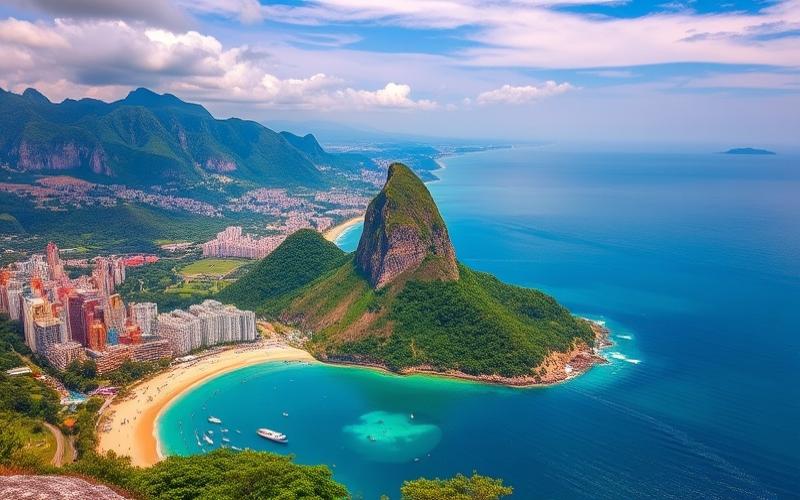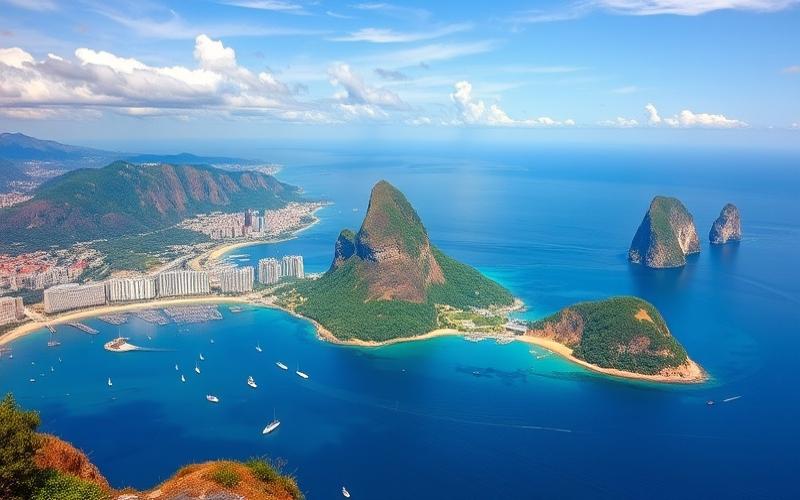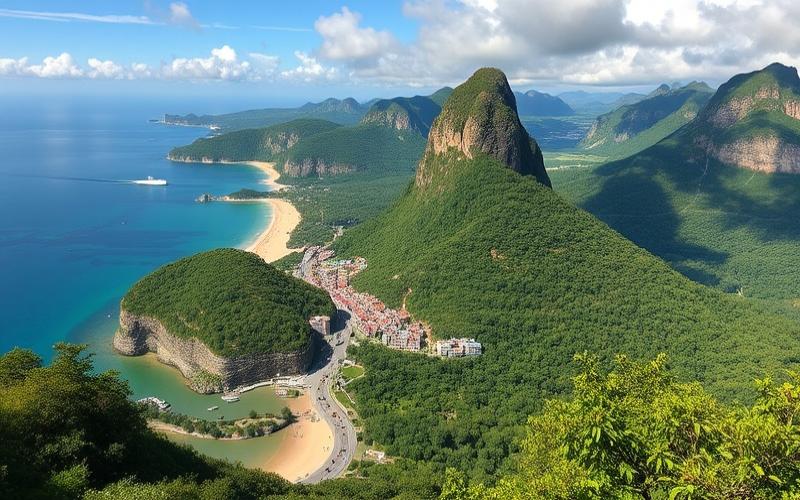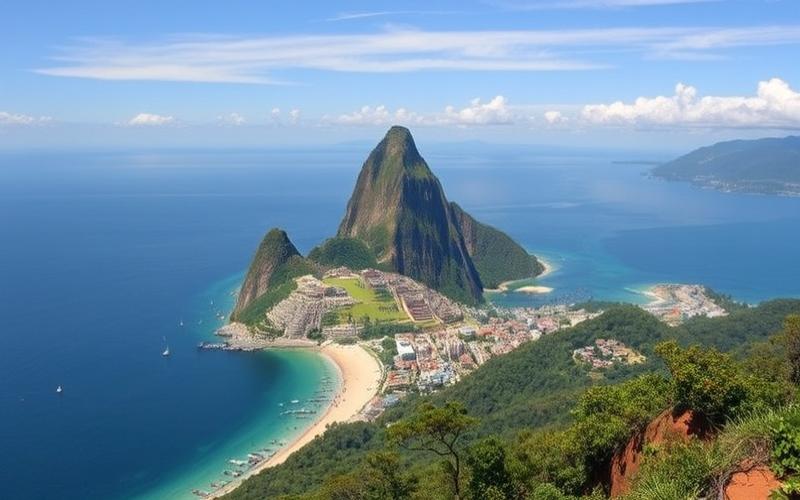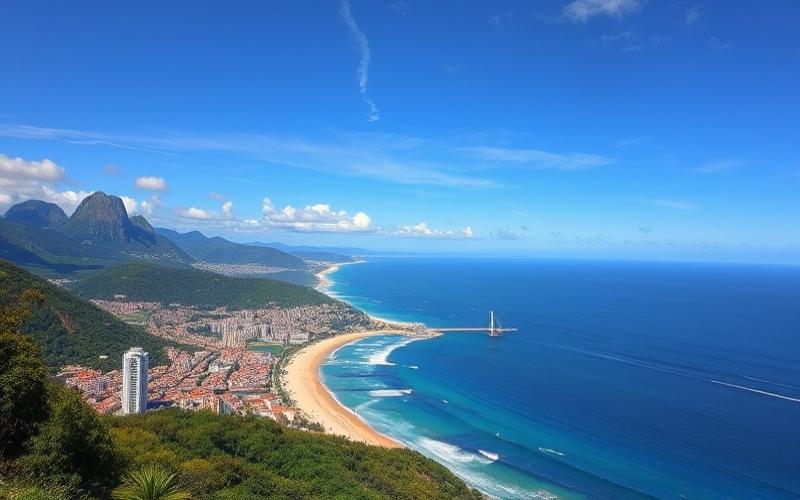
 Published on and written by Cyril Jarnias
Published on and written by Cyril Jarnias
Navigating the maze of regulations surrounding the procedures for obtaining construction permits in protected areas in Brazil is often seen as a formidable challenge for real estate developers and individuals.
These areas, essential for environmental and biodiversity preservation, are governed by strict laws aimed at preventing ecological degradation.
Understanding the required applications, assessment criteria, and competent authorities for issuing these permits is crucial, not only to ensure legal compliance but also to actively contribute to protecting these natural treasures.
This article explores the fundamental steps and key considerations, offering a valuable guide to successfully navigate this complex process.
Essential Procedures for Obtaining a Construction Permit in a Protected Area in Brazil
The government agencies responsible for issuing construction permits in protected areas in Brazil are primarily the Chico Mendes Institute for Biodiversity Conservation (ICMBio), competent for managing and issuing authorizations in federal conservation units, and the Brazilian Institute of Environment and Renewable Natural Resources (IBAMA), responsible for enforcing environmental legislation, granting environmental permits, and controlling activities on federal lands. In some cases, state or municipal environmental agencies may also intervene for protected areas under their jurisdiction.
Documentation Requirements for Permit Acquisition:
- Environmental Impact Study (EIA/RIMA)
- Environmental Permit Application Report
- Proof of Land Ownership or Use
- Environmental Management Plan
- Consultation and Approval by Competent Agencies
- Public Consultations, including public hearings for projects with significant impact
Typical Permit Acquisition Timelines:
| Type of Protected Area | Estimated Timeline |
|---|---|
| National Parks (ICMBio) | 6 to 24 months |
| Federal Ecological Reserves | 6 to 18 months |
| Areas under IBAMA Jurisdiction | 12 to 24 months |
| State or Municipal Areas | 3 to 12 months (variable) |
Timelines depend on project complexity, quality of submitted documentation, and required level of consultation.
Associated Costs:
- Administrative Filing Fees (amount varies based on project nature and scope)
- Cost of Conducting the Environmental Impact Study (often the largest expense)
- Fees Related to Public Consultations and Communication
- Potential Environmental Taxes
Specific Restrictions by Type of Protected Area:
| Area Type | Main Restrictions |
|---|---|
| National Parks | Prohibition of private or commercial constructions, except for management structures |
| Ecological Reserves | Activities strictly limited to scientific research or conservation |
| Sustainable Use Reserves | Certain extractive or tourist activities permitted, under strict conditions |
| Indigenous Lands | Economic activities prohibited, except authorized traditional uses |
| Coastal/Marine Areas | Additional permits required, Navy control for offshore structures |
Potential Legal Repercussions for Non-Compliance:
- High Administrative Fines
- Suspension or Cancellation of Activities
- Seizure of Equipment or Products
- Environmental Restoration Obligation
- Criminal Prosecution for Environmental Damage
- Blacklisting from Operating in Certain Areas or as a Company
Any construction or intervention in a protected area without following regulatory procedures exposes the project proponent to severe civil, administrative, and criminal penalties, which may include suspension of usage rights, fines, and environmental restoration obligations.
Good to Know:
To obtain a construction permit in a protected area in Brazil, it is essential to submit an environmental impact study and consult with ICMBio and IBAMA; timelines can vary, but expect several months and significant costs, with severe legal repercussions for non-compliance.
Heritage Regulations and Their Impact on Construction Projects
Brazilian heritage protection regulations are primarily overseen by IPHAN (National Historical and Artistic Heritage Institute), which enforces Decree-Law No. 25 of 1937 and other specific norms aimed at inventorying, classifying, and protecting cultural and historical assets deemed of national interest.
Main Regulatory Points:
- Any construction, modification, or demolition in a classified area or around a listed heritage asset requires prior authorization from IPHAN.
- Protected assets are recorded in the Livros do Tombo (official registers) according to different categories: historical, artistic, archaeological, ethnographic, and environmental.
- IPHAN exercises permanent vigilance, can inspect at any time, and impose fines or sanctions for non-compliance.
- Offenses against heritage are treated as crimes against the national patrimony.
Impact on Construction Projects in Protected Areas:
- Any building permit application in these areas must include a heritage analysis and receive IPHAN’s approval, which may provide recommendations, impose architectural constraints, or reject the project.
- Notable examples include the historic center of Diamantina and the Plano Piloto of Brasília, where IPHAN actively intervenes to ensure the preservation of original urban and architectural characteristics.
Steps to Integrate Heritage Requirements into a Project:
- Identification of Classification: Verify if the land or building is heritage-listed via IPHAN databases.
- Preliminary Heritage Study: Conduct a historical and architectural diagnosis of the site.
- Consultation with IPHAN: Present the project, engage with technical services, and integrate their recommendations.
- Project Adaptation: Modify the project to comply with constraints on volume, materials, colors, etc.
- Permit Application Submission: Attach all required documents, including IPHAN’s favorable opinion.
- Monitoring and Control: IPHAN may monitor implementation and require adjustments or work suspension if prescriptions are not followed.
| Project Stage | Required Action | IPHAN Intervention |
|---|---|---|
| Heritage Verification | Research in the Livros do Tombo | Yes |
| Heritage Study | Site analysis and diagnosis | Yes (validation) |
| Architectural Design | Integration of recommendations | Yes (technical advice) |
| Permit Application | Submission of complete dossier | Yes (prior authorization) |
| Work Execution | Strict adherence to prescriptions | Yes (inspection and control) |
Examples of Listed Sites:
- Historic Center of Diamantina: Any intervention must preserve the authenticity of colonial buildings and the urban fabric.
- Brasília (Plano Piloto): IPHAN issues recommendations to preserve the design by Lucio Costa and Oscar Niemeyer, impacting any modification to the urban plan.
Benefits for Developers and Architects:
- Project valorization through integration into a recognized heritage context.
- Access to tax incentives or grants for the restoration of listed properties.
- Contribution to preserving cultural identity and enhancing tourist appeal.
Challenges Faced:
- Lengthy and complex administrative procedures.
- Strong technical and creative constraints (respect for materials, volumes, etc.).
- Risks of refusal or substantial project modifications.
- Additional costs related to heritage compliance and supervision.
Visual Summary of Benefits and Challenges:
| Benefits | Challenges |
|---|---|
| Heritage Valorization | Administrative Complexity |
| Tax Incentives/Grants | Technical Constraints |
| Cultural and Tourist Attractiveness | Processing Delays |
| Project Notoriety | Additional Costs and Refusal Risks |
Working in protected areas in Brazil requires rigorous integration of heritage requirements at all project stages, with constant collaboration with IPHAN and thorough architectural and urban adaptation.
Good to Know:
In Brazil, IPHAN requires that any construction project in a protected area integrates heritage impact studies, particularly for sites like Ouro Preto or Paraty; developers often need to collaborate with specialized architects to meet heritage requirements and obtain the permit.
Challenges and Strategies for Expatriate Builders in Brazil’s Protected Areas
Expatriate builders operating in Brazil’s protected areas face complex challenges, combining environmental constraints, cultural and linguistic differences, and sometimes burdensome bureaucratic requirements.
Main Specific Challenges:
- Strict Environmental Constraints:
- Mandatory compliance with biodiversity conservation legislation.
- Restrictions on land clearing and use of natural resources.
- Need to integrate ecological objectives into construction projects.
- Cultural and Linguistic Differences:
- Communication difficulties with local communities and authorities.
- Risk of misunderstanding traditional or customary practices.
- Bureaucratic Requirements:
- Lengthy administrative procedures for obtaining environmental permits.
- Multiple involved agencies (municipalities, federal and state environmental agencies).
- Social Acceptability:
- Importance of local involvement to ensure project sustainability.
Summary Table of Main Challenges:
| Challenge | Description | Potential Consequence |
|---|---|---|
| Environmental Constraints | Strict standards, enhanced control | Project delays or cancellation |
| Culture & Language | Language/cultural barrier | Conflicts or exclusion |
| Bureaucracy | Multiplicity & administrative complexity | Additional costs / delays |
| Social Acceptability | Local resistance if not consulted | Community rejection |
Effective Strategies to Overcome These Obstacles:
- Engagement with Local Communities
- Organization of participatory workshops from the project’s inception.
- Active integration of residents in the decision-making process.
- Valuing local traditional knowledge.
- Collaboration with Environmental and Legal Experts
- Joint work with biologists, ecologists, and specialized lawyers.
- Prior conduct of in-depth impact studies.
- Support for scrupulous compliance with all applicable regulations.
- Adoption of Sustainable Practices
- Preferential use of local renewable or recycled materials.
- Low ecological footprint construction (e.g., bioclimatic design).
- Continuous monitoring through independent audits to ensure ecological compliance.
Concrete Examples / Case Studies:
– The REDD+ project in the Juma reserve illustrated the crucial importance of:
- Participatory governance involving NGOs, researchers, local population,
- Articulation between national/local levels,
- International funding conditioned on strict adherence to standards.
– In the Mata Atlântica Central Fluminense Mosaic:
- Multi-stakeholder cooperation (Brazilian/Argentinian/French researchers) enabled innovative territorial management based on an integrated approach,
- Major difficulties stemmed mainly from the complex interpretation of the large-scale territory.
Summary List — Key Success Factors:
- Early involvement of local stakeholders
- Adapted intercultural communication
- Legal/environmental expertise mobilized from the start
- Administrative flexibility through institutional partnerships
- Systematic respect for the Brazilian legal framework
Good to Know:
Expatriate builders in protected areas in Brazil must navigate through rigorous environmental regulations — collaborating with local experts and adopting sustainable construction practices is crucial to obtaining the necessary permits. In the Amazon region, for example, Project X succeeded thanks to alliances with indigenous communities and heightened cultural awareness.
Disclaimer: The information provided on this website is for informational purposes only and does not constitute financial, legal, or professional advice. We encourage you to consult qualified experts before making any investment, real estate, or expatriation decisions. Although we strive to maintain up-to-date and accurate information, we do not guarantee the completeness, accuracy, or timeliness of the proposed content. As investment and expatriation involve risks, we disclaim any liability for potential losses or damages arising from the use of this site. Your use of this site confirms your acceptance of these terms and your understanding of the associated risks.

